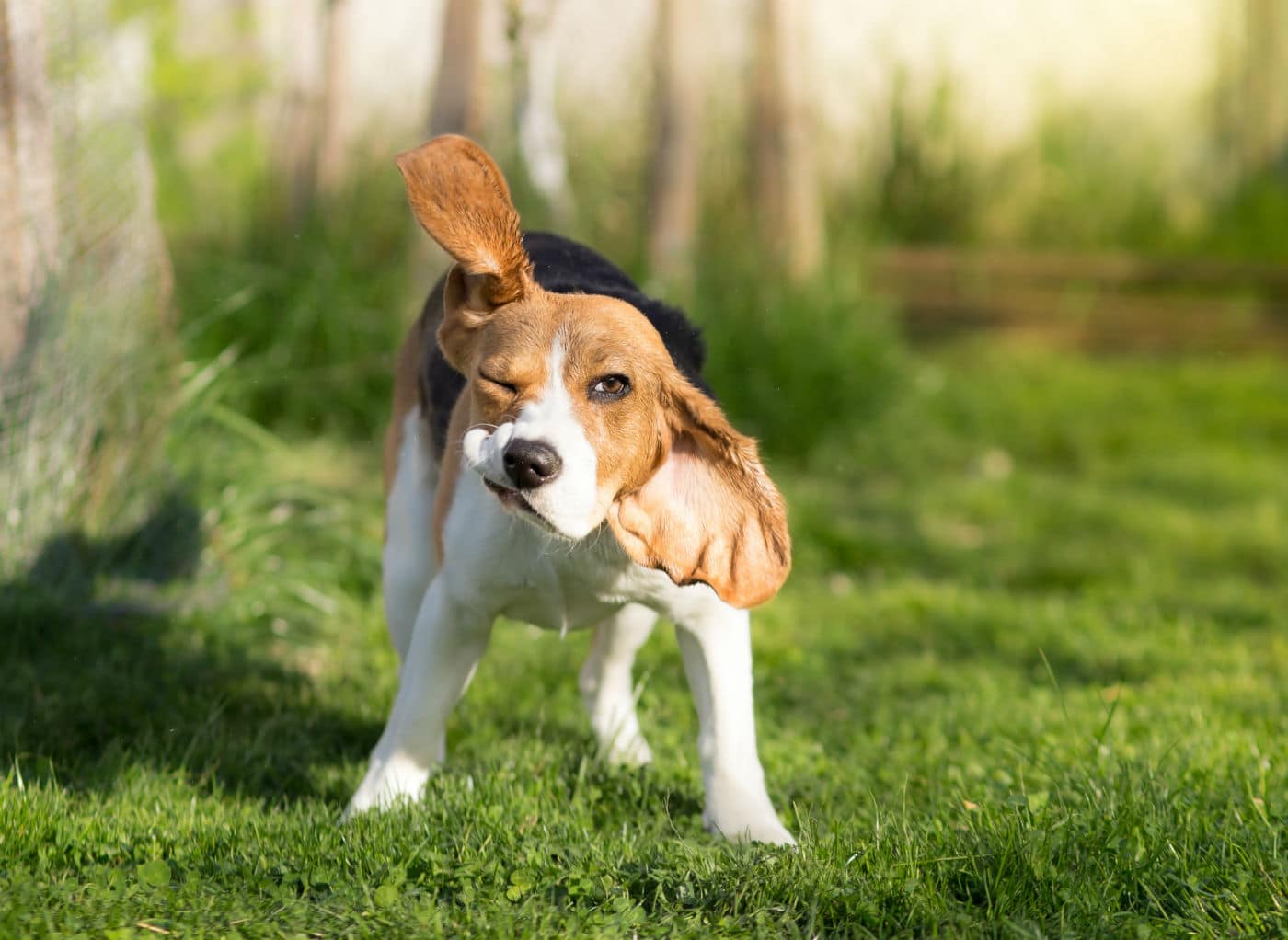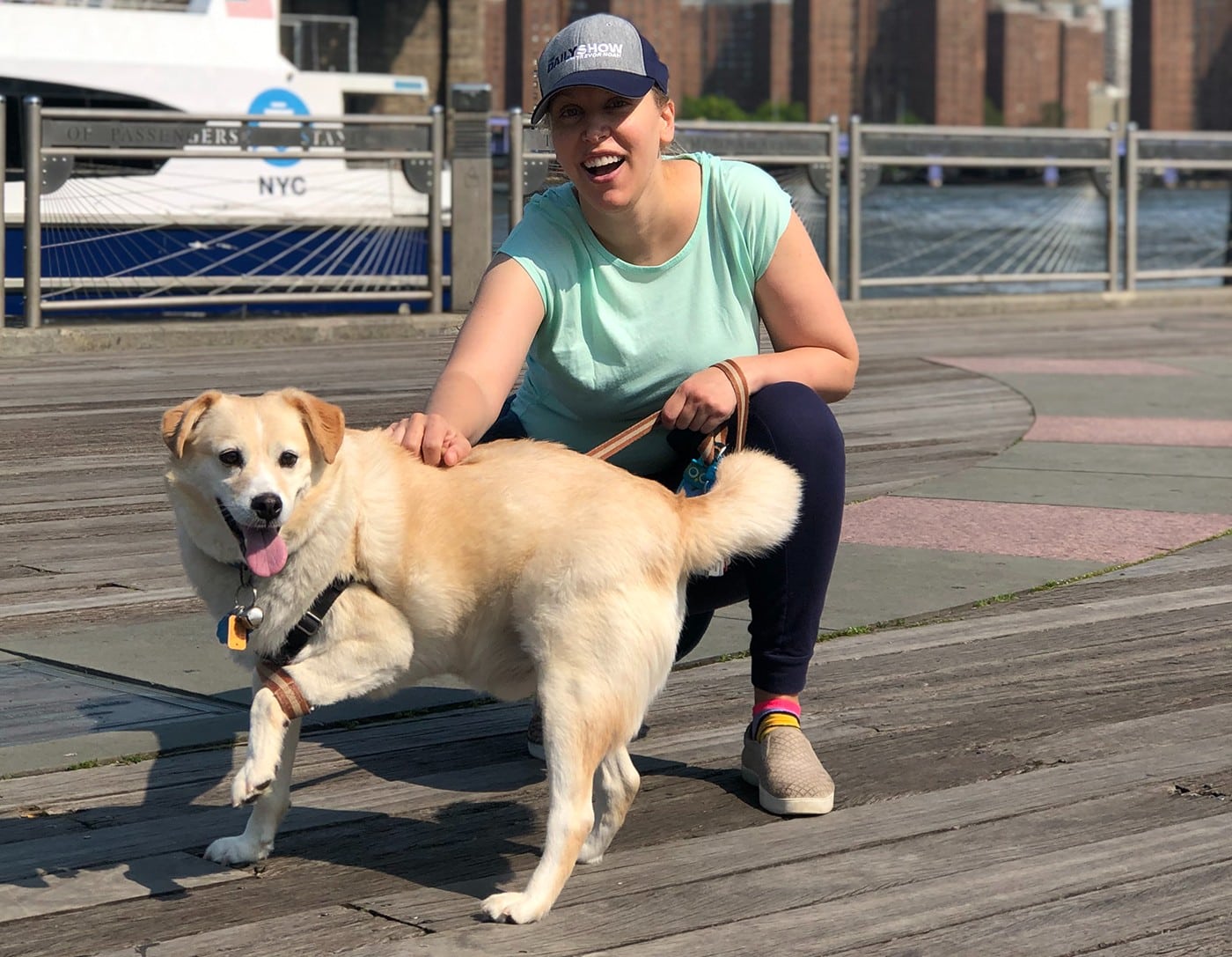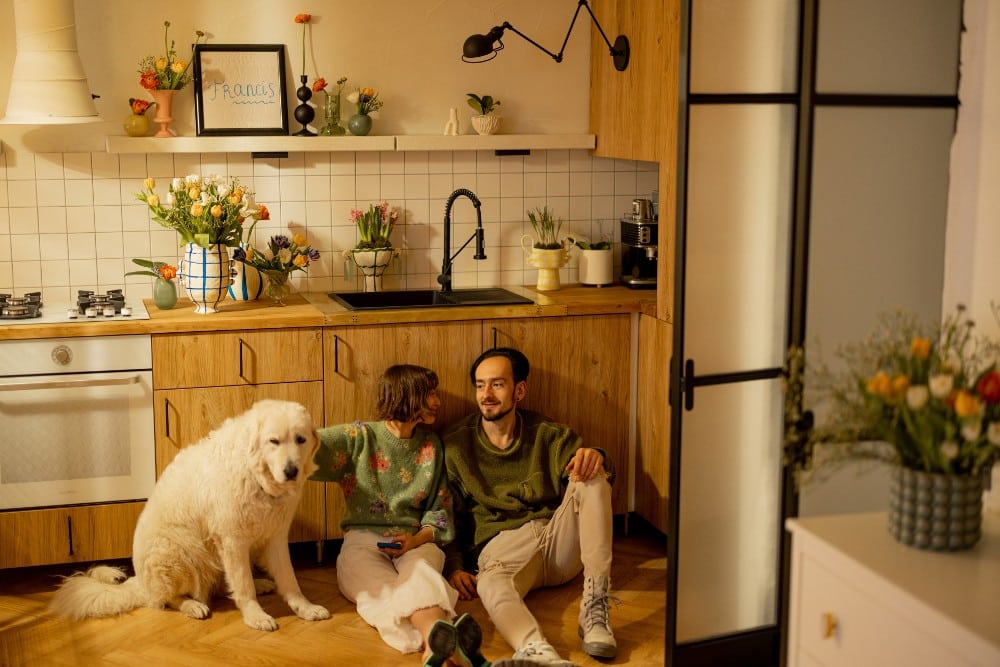Dealing with dog-on-dog aggression can be one of the scariest aspects of dog ownership. There is nothing worse than watching your four-legged family member go from a sweet and loving pooch to a snarling beast trying to snap at every other dog it meets.
Often the reason for these aggressive outbursts is due to lack of socialization at a younger age. In fact, Dr. Ian Dunbar, founder of the Association of Pet Dog Training, told The Whole Dog Journal that inadequate socialization is one of the leading factors of dog-on-dog aggression later in life.
There are other reasons for aggressive behavior towards other dogs including a traumatizing experience with other pooches, frustration, lack of a dominant pack leader and fear, to name a few.
Regardless of the reason, if you snarls and snaps start to appear, there are a number of things you can do to curtail this behavior and prevent it from progressing into something more dangerous.
Related: 5 Ways to Tire Out Your Dog Before Leaving the House
1. Stay calm.
Our furry companions take cues on how to act by observing us. If we are high strung and tense, our sidekicks will be too. Make sure you are calm when introducing you dog to other dogs.
If you are nervous because of a past experience, it can be beneficial to have somebody else handle your dog during introductions. This technique is useful, as a dog may be getting aggressive to protect you if you are displaying nervous or scared tendencies. On the other hand, if a dog is getting aggressive because of a lack of a dominant pack leader, this approach wouldn’t help.
2. Set Rover up for success.
High-energy introductions are a no no. Set your dog up for success by giving her plenty of exercise before introducing her to a new dog. This way she will be more tolerant of any sudden movements or strange things the other dog does. You’ll also want to remove any potentially problem-causing items like toys and bones. Another tip: have the two meet on neutral grounds, like a park or sidewalk.
3. Control your dog’s focus.
If your pooch is the type that barrels up to a new dog like a firecracker, you need to change this behavior. To do so, you need another person with a dog willing to work with you.
Start by walking two dogs near each other on a leash. You’ll be accomplishing two things at once: tiring your dog out and controlling his focus. Slowly, during the walk permit them to walk closer to each other and give a quick sniff. The idea is to make the meeting a non-event. By the end of the walk, they will hopefully be walking side by side without even noticing it.
This approach helps dogs to get comfortable with each other before being allowed to fully interact, as the idea isn’t to avoid the confrontation but rather control the interaction.
Related: The Bogeyman Syndrome: How to Overcome the 5 Most Common Dog Phobias
4. Keep it light.
Just like all aspects of dog training, you want to start out slowly. Keep the interactions short and sweet. Begin with short durations of just 30 seconds or so and slowly build up the length of time for dog interactions. This lets them get comfortable with each other without forcing an unwanted interaction.
Once complete, always end on a high note and give your doggie a fun play session or a treat when the encounter is over. You will be building positive associations with dog-on-dog meetings.
5. Seek professional help.
If you can’t control your dog mentally and physically, or if you are scared about getting bit, you can always turn to the professionals for help. It may cost a few bucks, but it’s certainly worth every penny to have a happy, well-behaved dog that can run and play with his or her friends.
When seeking out a pro, ask for references. Call past clients ask about the training process, what techniques were used and how satisfied they were with the outcome.
Related: Say Cheese (or Biscuit): How to Get Featured on Dogs of Instagram
(In no way are these tips a substitute for professional advice you’d receive from a trainer or veterinarian. If your dog is having issues, please consult a professional)
Featured image Flickr/Albert Leung




















